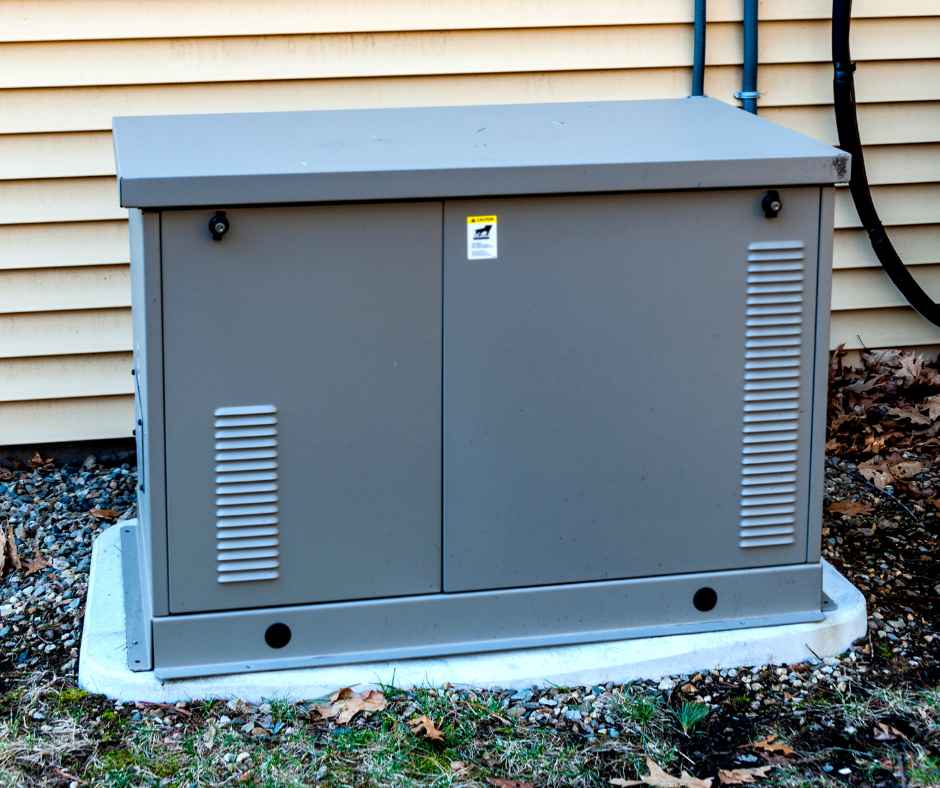& Nassau County
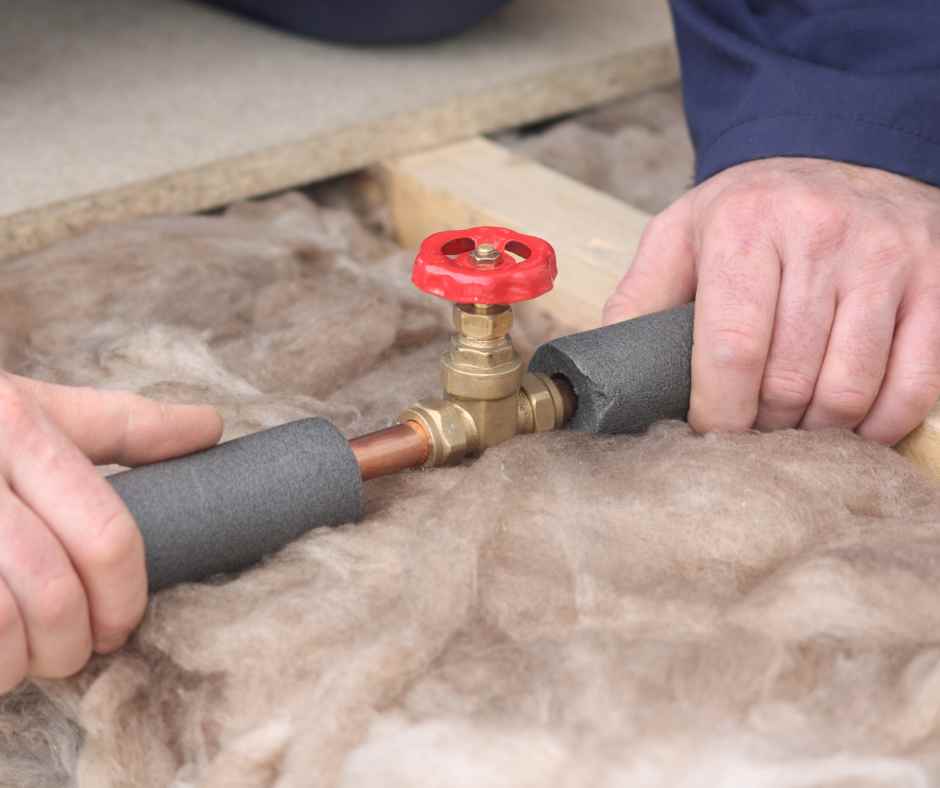
Is Your Plumbing Ready for Winter? Essential Tips for a Cozy, Worry-Free Season
November 18, 2024
With winter just around the corner on Long Island, preparing your home’s plumbing for freezing temperatures is essential to avoid costly repairs and ensure smooth operations throughout the season. At NH Ross, we understand that a little preparation can make a big difference, preventing the frustration of burst pipes or an underperforming water heater. Here’s an in-depth guide to winterizing your plumbing and ensuring a worry-free winter season!
1. Insulate Exposed Pipes
Freezing pipes are one of the most common and costly winter plumbing issues. Pipes in unheated areas, such as basements, garages, attics, and crawl spaces, are particularly vulnerable to freezing. Pipe insulation acts as a barrier, helping to keep water in the pipes from freezing. Here’s how to protect exposed pipes:
- Choose the Right Insulation: Foam pipe insulation, fiberglass wrap, and heat tape are effective options for insulating pipes. Each material has specific benefits, so consult a plumbing professional if you’re unsure which is best.
- Cover Pipes Fully: Wrap all visible areas, especially bends and joints, where cold air might seep through. Pay extra attention to pipes near drafty windows or doors.
By insulating these areas, you reduce the risk of a burst pipe and prevent potential water damage in your home. This small step can save you significant repair costs down the road.
2. Drain Outdoor Faucets and Sprinkler Systems
Outdoor plumbing is another key area that requires attention. Water left in hoses, spigots, and sprinkler systems can freeze, expand, and cause pipes to crack or burst. Follow these steps for effective outdoor winterization:
- Disconnect Hoses and Attachments: Remove and store garden hoses and any attachments. Leaving hoses connected can trap water in the faucet, increasing the risk of freezing.
- Drain Water from Faucets and Pipes: After disconnecting hoses, open outdoor faucets to drain any remaining water. If your faucets have a shut-off valve, turn it off to prevent any backflow.
- Blow Out Sprinklers (if necessary): Consider using an air compressor to blow out any remaining water from sprinkler lines. This prevents trapped water from freezing and expanding, which could damage your irrigation system.
Taking these steps helps protect your outdoor plumbing from the hazards of freezing temperatures and the potential for expensive repairs.
3. Schedule Water Heater Maintenance
During winter, your water heater works harder to supply hot water as incoming water is colder. Regular maintenance can help your water heater run efficiently and extend its lifespan. Here’s what you can do to ensure your water heater is ready for winter:
- Flush the Tank: Over time, sediment builds up in the water heater tank, reducing efficiency. Flushing your water heater removes sediment and helps it operate more effectively.
- Check the Temperature Setting: The ideal temperature setting for a water heater is usually around 120°F. Higher settings may lead to overheating and increase energy bills.
- Inspect for Leaks or Corrosion: Checking for leaks or corrosion early can prevent water heater breakdowns in the colder months.
Regular water heater maintenance ensures that it will work when you need it most and helps to reduce energy costs during peak heating season.
4. Seal Drafts and Gaps
Drafts and gaps around doors, windows, and exterior walls can expose nearby pipes to cold air, increasing the risk of freezing. Here are simple ways to seal up those drafts and protect your plumbing:
- Install Weatherstripping: Applying weatherstripping around doors and windows can help keep warm air in and cold air out.
- Caulk Gaps and Cracks: Seal gaps or cracks around windows, doors, and any exterior wall penetrations, such as where pipes or cables enter the home.
- Close Garage Doors: If you have pipes running through or near your garage, keep the doors closed to maintain a warmer environment inside.
By preventing drafts, you’ll not only protect your pipes but also improve your home’s energy efficiency, which can help reduce heating costs.
5. Perform a Sump Pump Checkup
A properly functioning sump pump is crucial for protecting your basement from potential flooding, especially if there’s unexpected snowmelt or a winter storm. Here’s what to do:
- Test the Sump Pump: Pour a bucket of water into the sump pit to see if the pump activates. If it doesn’t, you may need to check the power source or consult a plumber.
- Clean the Sump Pit: Clear away any debris or dirt in the pit that could clog the pump.
- Inspect the Discharge Line: Make sure the discharge line is free of obstructions and directs water away from your home’s foundation. Adding a freeze-resistant cover to the discharge line can help prevent ice blockages.
By ensuring your sump pump is in top shape, you reduce the risk of basement flooding and water damage.
6. Consider Installing Frost-Free Hose Bibs
If your home has older hose bibs, consider upgrading to frost-free hose bibs, which are designed to prevent water from freezing in the valve. These modern hose bibs keep the valve further inside your home’s heated area, reducing the risk of freezing. Installation is relatively simple and can add an extra layer of protection to your outdoor plumbing.
7. Open Cabinets and Allow Warm Air to Reach Pipes
During extreme cold snaps, it’s helpful to let warm air circulate around indoor pipes, especially those in kitchen and bathroom cabinets. Open cabinet doors to allow heat to reach the pipes and prevent freezing. This is especially beneficial in homes with pipes running along exterior walls.
8. Let Faucets Drip During Freezing Temperatures
When temperatures plummet, letting a small trickle of water run from faucets can help prevent pipes from freezing. Moving water is less likely to freeze, and a slow drip can relieve pressure in the event that ice does form within the pipes. This simple trick is especially useful for pipes that are prone to freezing or are located in unheated areas.
9. Schedule a Professional Plumbing Inspection
While some winterization tasks can be done on your own, scheduling a professional plumbing inspection is the best way to ensure your home is fully prepared for winter. A licensed plumber can inspect for any potential vulnerabilities in your plumbing system, recommend additional measures, and handle complex tasks like sump pump maintenance, water heater tune-ups, and frost-free hose bib installation.
The Benefits of Winterizing Your Plumbing
Taking time to winterize your plumbing helps you avoid costly repairs, maintain energy efficiency, and enjoy peace of mind. Frozen pipes, burst outdoor faucets, and inefficient water heaters can lead to hefty repair bills and major disruptions in your daily life. Proactively protecting your plumbing saves you from stress and expenses, allowing you to enjoy a warm, hassle-free winter.
At NH Ross, we’re here to help Long Island residents winterize their plumbing and protect their homes against the cold. If you need assistance with pipe insulation, sump pump maintenance, or any other winter preparation tasks, our experienced team is ready to handle the hard work. Don’t wait until the first freeze hits—contact NH Ross today to schedule your winterization check-up and ensure a cozy, stress-free season!
Recent News
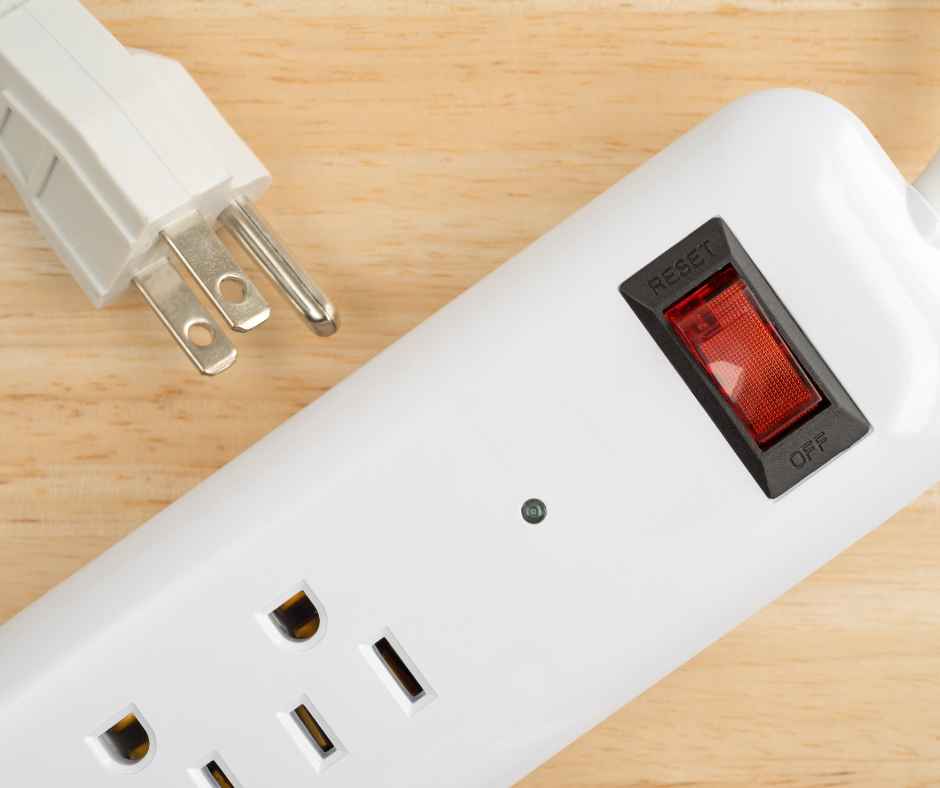
What Is a Power Surge?
March 11, 2025
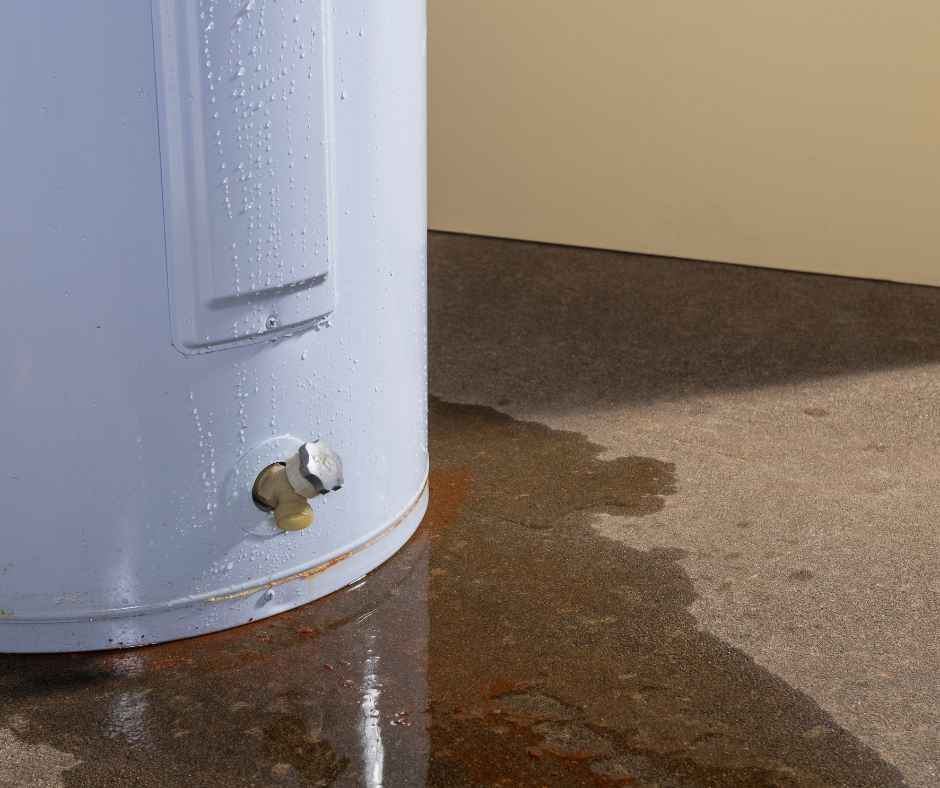
Is a Leaking Water Heater Dangerous?
February 14, 2025
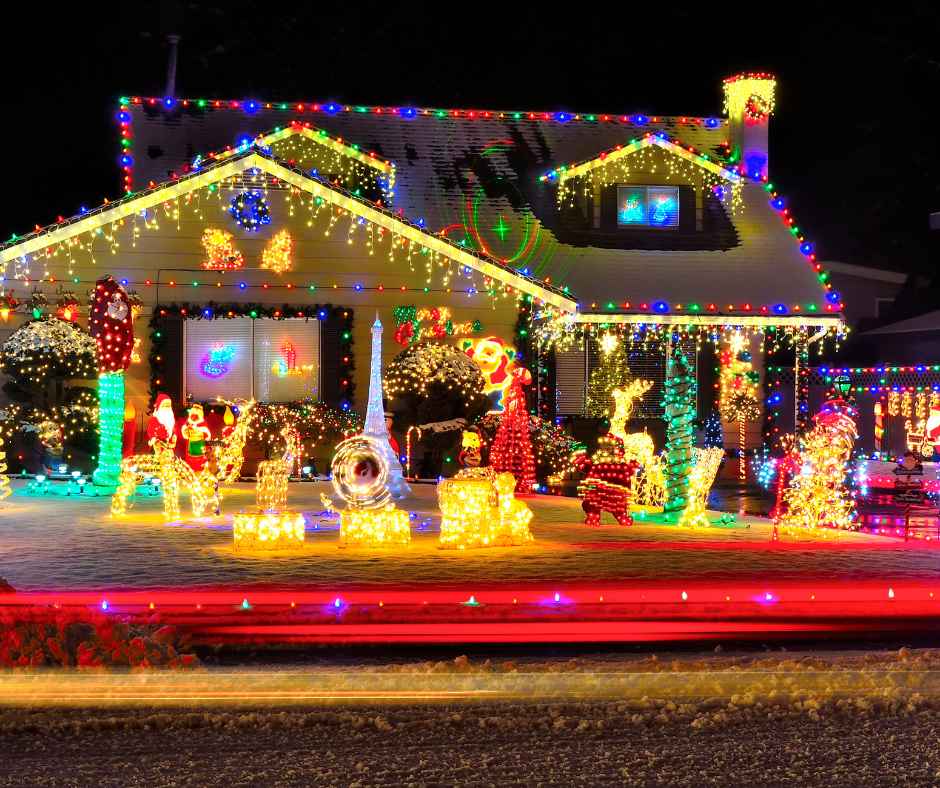
Bright Ideas: Electrical Safety Tips for a Safe Holiday Season
December 10, 2024
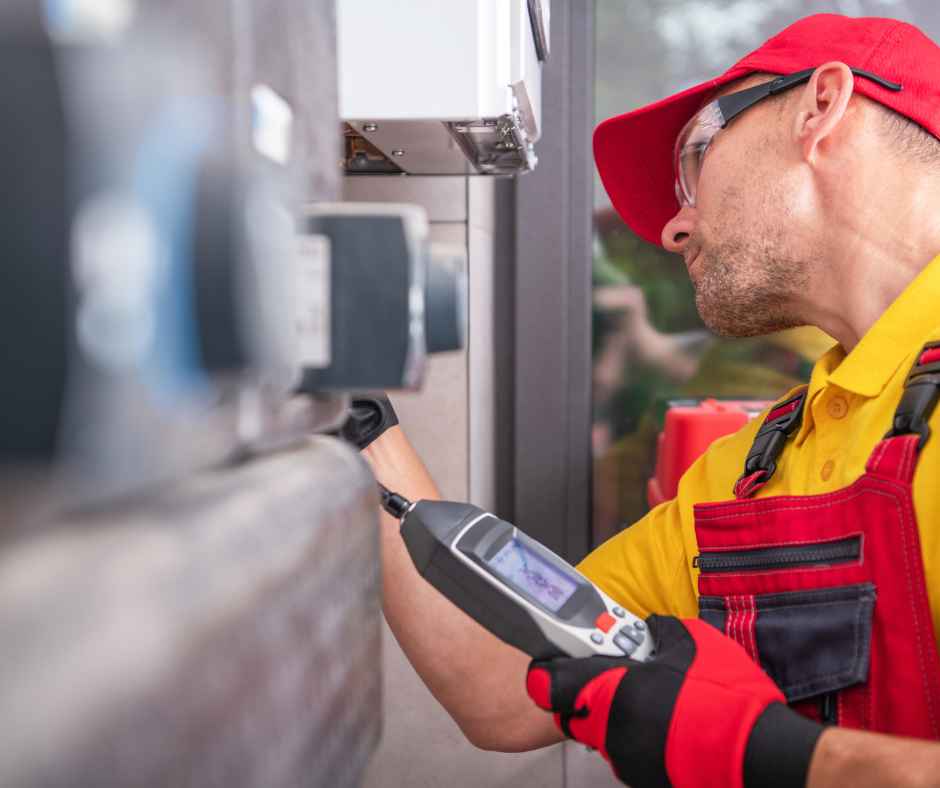
What Does a Gas Leak Smell Like?
December 9, 2024
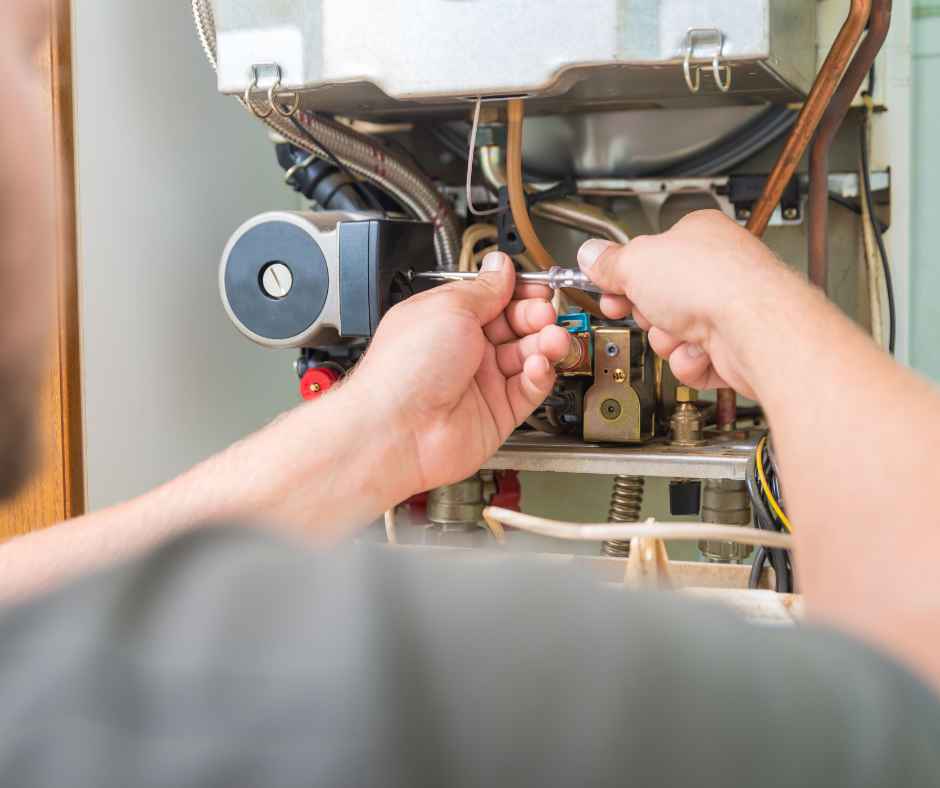
Cut Energy Costs This Holiday Season With These 5 Tips
December 3, 2024
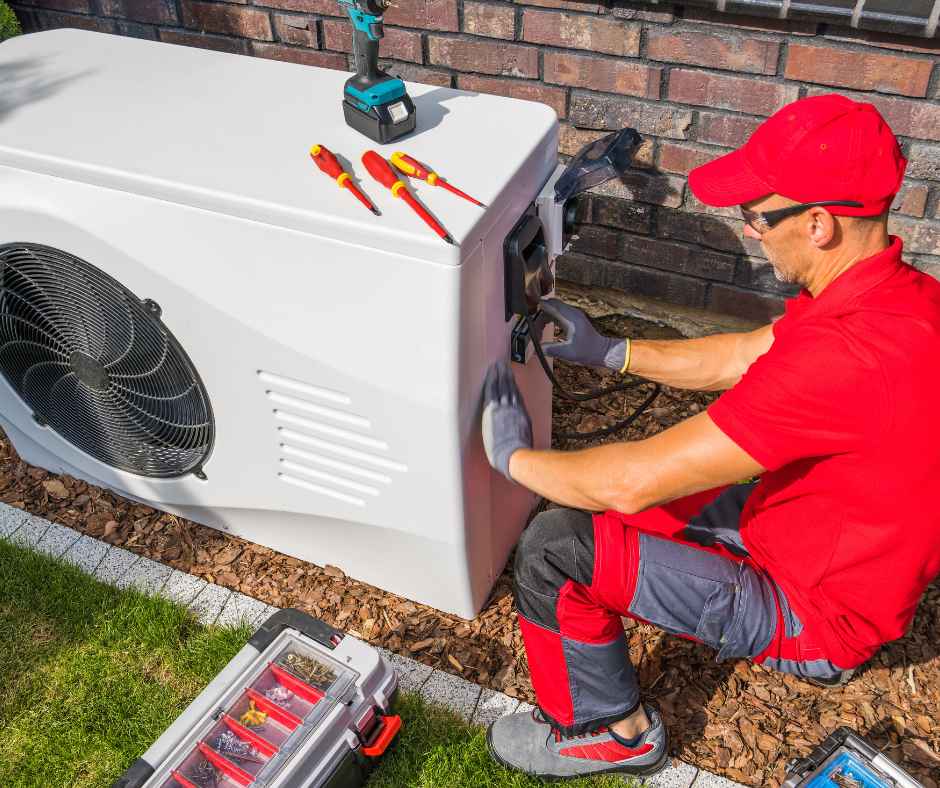
Why Heating Maintenance is a Must Before the First Frost
November 22, 2024
